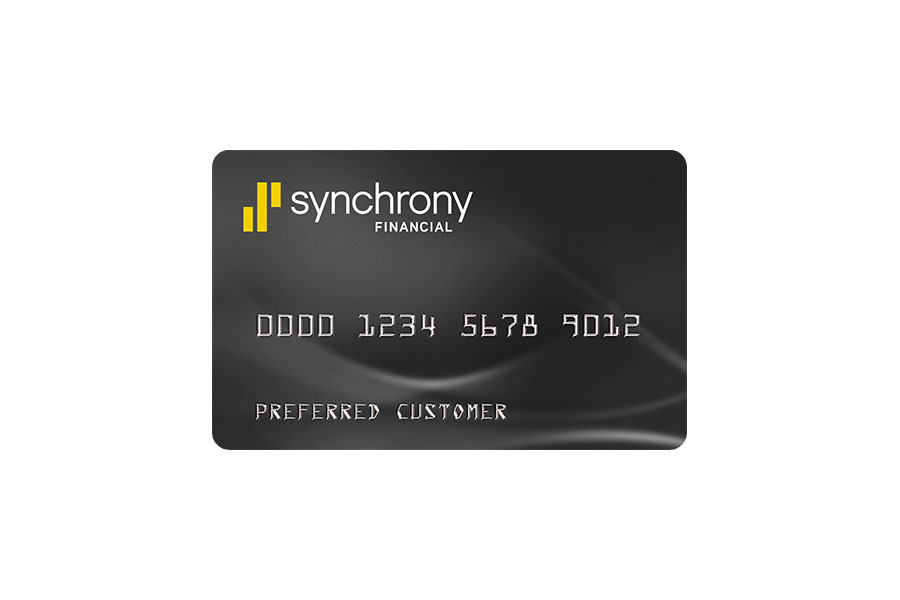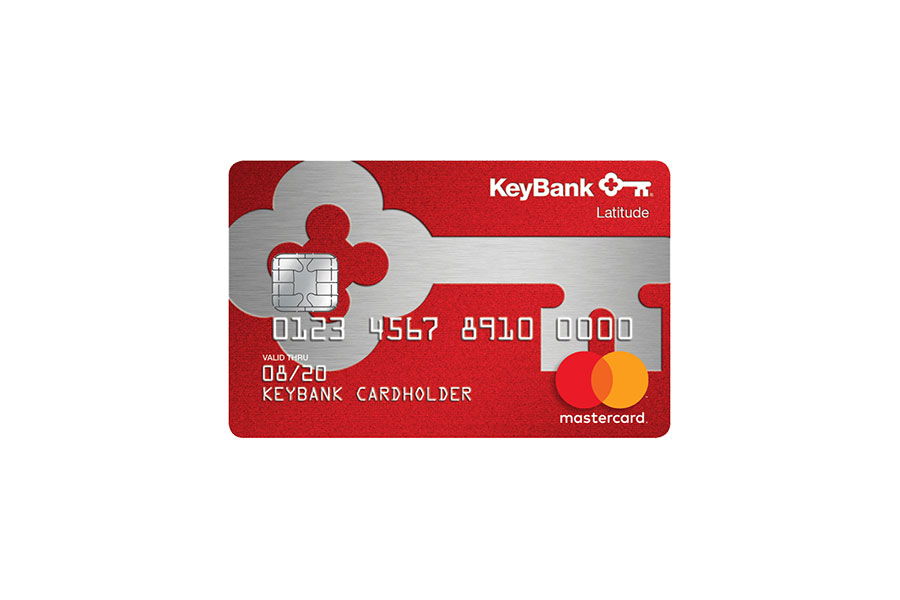Falling victim to a bank account hack can be a deeply frustrating and stressful experience. Not only is your hard-earned money vulnerable, but also your personal details and financial stability. In light of the rampant rise of cyberattacks and data breaches, it’s imperative to know the right steps to take if this should happen to you.

This article offers a detailed guide on how to manage the situation, from detecting the hack to fortifying your finances and regaining peace of mind. No matter if you’ve been targeted by a devious fraud scheme or simply made a mistake with a phishing scam, we’ve got you covered.
What should I do if my bank account has been account hacked?
If your bank account is hacked, it’s essential to act quickly to minimize damage and secure your finances. Here are the key steps you should take to handle the situation:
Step 1: Check Your Account Activity
When your bank account has been compromised, your first step should be to assess your account activity. Inspect if any transactions or withdrawals that were not initiated by you have taken place. If there are any questionable activities, immediately freeze your account and inform your bank. Acting swiftly will help to mitigate the harm caused.
Your bank may request that you complete a statement under oath or present your identification to resolve the situation and secure your funds. Ensure that you strictly adhere to their guidelines and furnish all necessary information they request.
Step 2: Contact Your Bank
When contacting your bank, be sure to provide as much information as possible about the situation. This could include details such as when you noticed unauthorized activity on your account or if there have been any suspicious emails or text messages sent in connection with the hacking incident.
Let your bank know if any of your personal information was compromised and if there were any changes made to account settings or passwords during the attack. Your bank’s fraud department should be able to work with you to resolve any issues related to the hack and secure your account going forward.
They may recommend measures such as changing your passwords more often or setting up additional security questions for added protection.
Step 3: Change Your Passwords and PINs
When it comes to protecting your bank account, changing your passwords and PINs is a vital step. Doing so can significantly minimize the harm inflicted by malicious actors.
It’s recommended that you frequently switch up your passwords. This reduces the chances of them being misused without your knowledge. For added security, consider using a combination of letters, numbers, and symbols. But remember, never use the same password for multiple accounts and never, under any circumstances, write down or share your password with anyone else.
Additionally, it’s a good idea to change the passwords for other accounts you have, such as your email and social media, just in case the hacker had access to those too.
Step 4: Monitor Your Credit Report
The next step should be to monitor your credit report. Keeping an eye on your credit report can help ensure that no new accounts have been opened in your name without your knowledge.
You should check your credit reports from all three major credit bureaus (Experian, TransUnion and Equifax) regularly to make sure there are no unauthorized changes or charges. Make sure to look out for anything that looks unfamiliar, such as a new address or line of credit that you didn’t apply for.
If you do notice something suspicious, contact the credit bureau immediately and let them know what happened. They may be able to help you dispute any fraudulent activity and take steps to protect your information going forward.
Step 5: File a Police Report
Filing a police report is a critical step in officially documenting the occurrence and alerting the authorities. If you are a victim of identity theft, you can also fill out an identity theft report at the Federal Trade Commission website.
When you file the report, be sure to provide a thorough explanation of what happened. Detail the date and time of the incident, the amount of money stolen, the contact information for any fraudulent accounts that were opened, and any other related details. Don’t forget to bring proof of your identity as well.
Once the report is filed, the police will launch an investigation and collaborate with your financial institution to recover any stolen funds and address any other problems that arose from the hacking. They might even be able to uncover who committed the crime and bring them to justice.
Step 6: Request a New Credit or Debit Card
Requesting a new credit or debit card will help prevent any further unauthorized withdrawals or purchases from occurring.
It’s fairly simple to request a new card. First, contact your bank and explain the situation. Bank representatives will likely be able to provide you with instructions on how to go about the process.
You may even be able to do it online or over the phone if they offer those services. Additionally, some banks may have certain requirements that must be met before issuing a new card. Make sure you understand what those are so that you can make sure everything is taken care of quickly and efficiently.
Once your new debit card has been issued, you should keep a close eye on your account for any suspicious activity and report it immediately if anything looks out of the ordinary.
Signs Your Bank Account Has Been Hacked
Unfamiliar Transactions
Beware of unfamiliar transactions, as they could be a warning sign of a hacked bank account. Criminals often start with small purchases to confirm that your card is still active before proceeding with larger transactions. So, keep an eye out for any suspicious transactions, no matter their amount.
Unusual Purchases
Be vigilant and keep an eye out for any strange activity in your bank account. Suspicious purchases, particularly those made in locations you’ve never been to, should raise a red flag. It could be an early indication that a hacker has infiltrated your account.
Phone Call or Text Message from Your Bank
Your bank may reach out to you by phone or text message if they suspect any unusual activity in your account. In such cases, be careful not to reveal any personal information to the caller. Your bank already has the necessary information to confirm your identity, and any unexpected requests for confidential details could be an attempt at fraud. Protect your information by being cautious and verifying the identity of the caller before providing any sensitive information.
Blocked Login
Your bank’s security system may prevent you from logging into your account if it detects an unfamiliar location or multiple incorrect password attempts. While this is a precautionary measure to secure your account, it could also signal that there may have been unauthorized attempts to access it. Stay alert and promptly contact your bank if you suspect any suspicious activity on your account.
Declined Transactions
Your bank may freeze your card if they suspect that your account has been compromised, to stop any further unauthorized purchases. While this is a necessary step to secure your finances, it can also lead to declined transactions and cause inconvenience for you.
Closed or Emptied Account
If you experience a severe breach, your bank account could be wiped out or even shut down entirely. This signifies that your account has fallen victim to a hacking incident, and it is imperative that you take immediate action to secure your account.
How to Prevent Your Bank Account From Being Hacked
With the rise of online banking and an increasing number of cyberattacks, it’s more important than ever to protect yourself. Here are some tips to keep your bank accounts safe:
Use Strong Passwords
One easy step is to use a strong password. This means a password that’s at least 12 characters long, with a mix of upper and lowercase letters, numbers, and symbols. Don’t use easily guessable information like your name, birthdate, or address. Instead, try using a memorable phrase or sentence.
Enable Two-Factor Authentication
Two-factor authentication (2FA) is a security feature that requires two forms of identification when logging into your online accounts. This could be a one-time code sent to your phone or an authentication app. Enabling 2FA makes it much harder for hackers to access your account, adding an extra layer of security.
Keep Your Computer and Mobile Devices Secure
If you access your bank account from a computer or mobile device, keep it secure by keeping your operating system and software up-to-date, using a reputable antivirus program, and avoiding unknown or suspicious downloads and links.
Be Careful When Using Public Wi-Fi
Public Wi-Fi networks can be convenient, but they’re also a prime target for hackers. If you need to access your online account on public Wi-Fi, use a VPN to encrypt your connection, protecting your personal information and keeping hackers at bay.
Monitor Your Account Regularly
Regularly monitoring your bank account is key to making sure that there are no unauthorized transactions. If you suspect your account has been hacked, contact your bank immediately and report the issue.
By following these tips, you can greatly reduce the risk of your bank account being hacked. Don’t take your financial security for granted, take the necessary steps to protect your bank account today!



